On a windy visit to RSPB Saltholme, Student Naturalists, Alex and Amber, had a fantastic day learning more about the reserve and the birds found there. Find out more in this latest blog.
Amber and I travelled to Middlesbrough to visit RSPB Saltholme. We set out to gain a wider perspective on how the RSPB manage their reserve in Middlesbrough and gain valuable knowledge on the diversity of British birds in the North East. We are not accomplished ornithologists. This is why we were very lucky to be accompanied by Education Ranger Helen and her husband John, who both have a much sharper knowledge of British bird species than us! This allowed us to treat the trip as its own mini bird identification course. You would be hard done by to walk through RSPB Saltholme and not see a plethora of fantastic British birds, making it the ideal place to develop our identification skills.
Exploring Saltholme
One of my favourite parts about the reserve is the amount of rich wildlife there is in the context of its industrial surroundings. Driving towards the reserve’s entrance you pass through sprawling areas of industrial structures before arriving at what seems like an avian paradise. There really was a unique juxtaposition between the nature reserve itself and its contrasting backdrop. As you walk through the reserve, you can clearly see the large quantity of human influence around the edge of the site. Oddly enough, I was quite fond of it. There’s something peaceful about watching a kestrel hover in the wind with the outline of an industrial estate behind. This contrast between nature and industry carries throughout the local area as well, with the infamous ‘seal sands’ just a stone’s throw down the road. Which, as alluded to by the name, is a beach often frequented by seals on the bank of an industrial landscape.
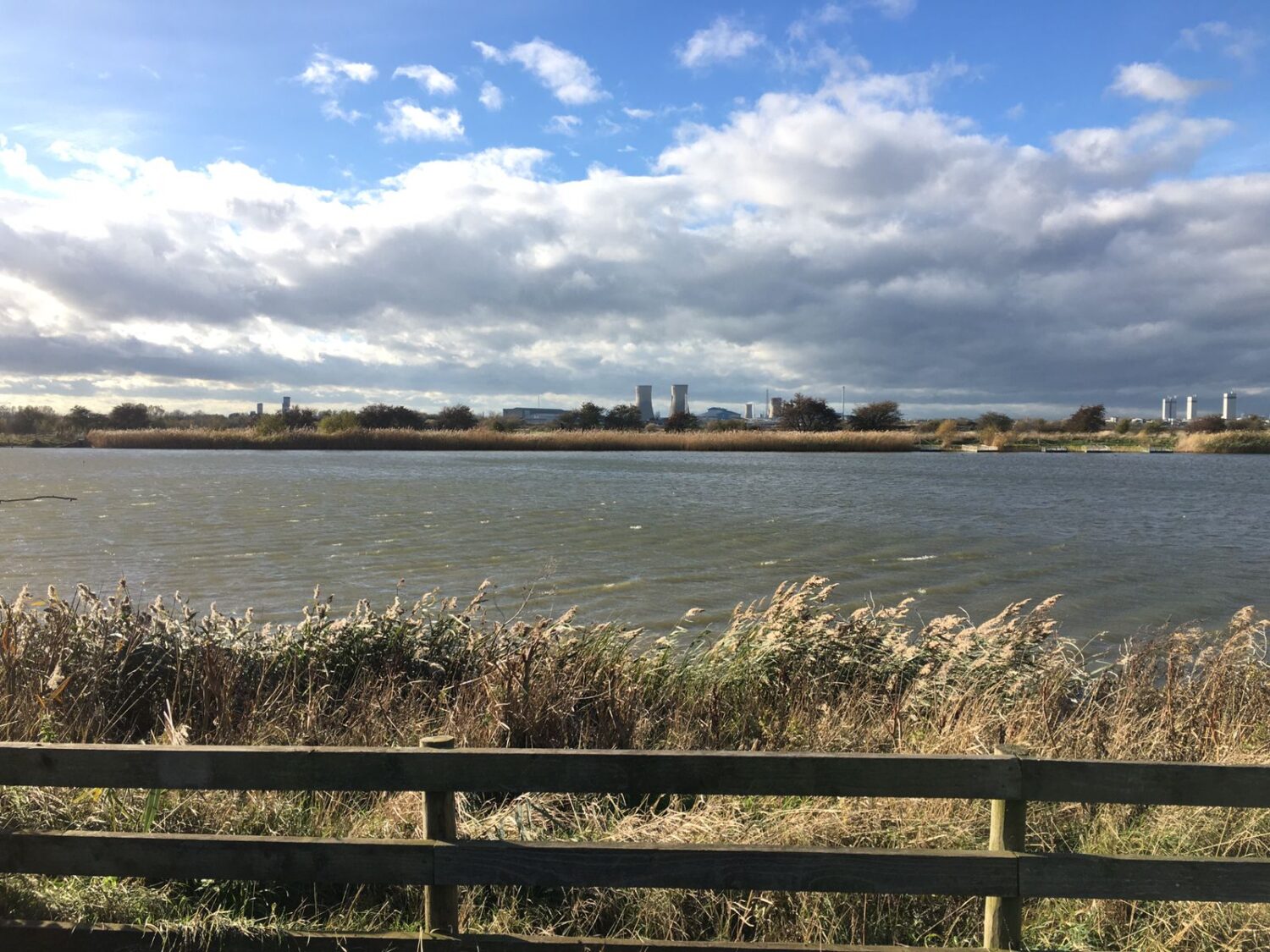
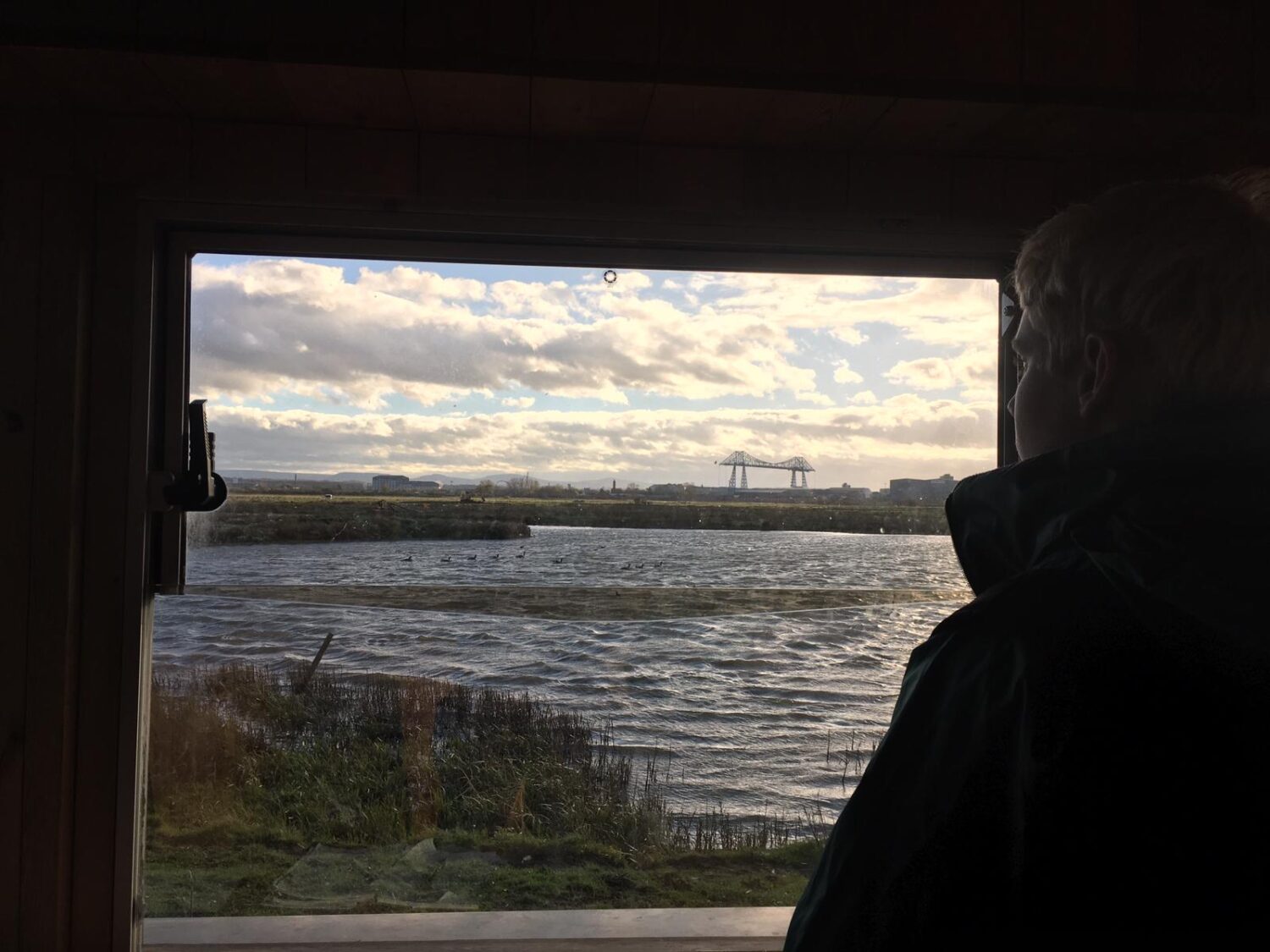
We were also able to visit most of RSPB Saltholme’s impressive bird hides, all of which had their own unique character. The Phil Stead Hide was a converted shipping container that had been turned into a cosy bird watching spot, full of friendly bird enthusiasts. Other hides on the site were sleek and modern, with large clear windows, perfect for bird watching without getting knocked back by the wind. My favourite little touch though had to be in the Wildlife Watchpoint Hide where a mouse house for field mice had been built into the wall. This was also accompanied with tiny furniture!
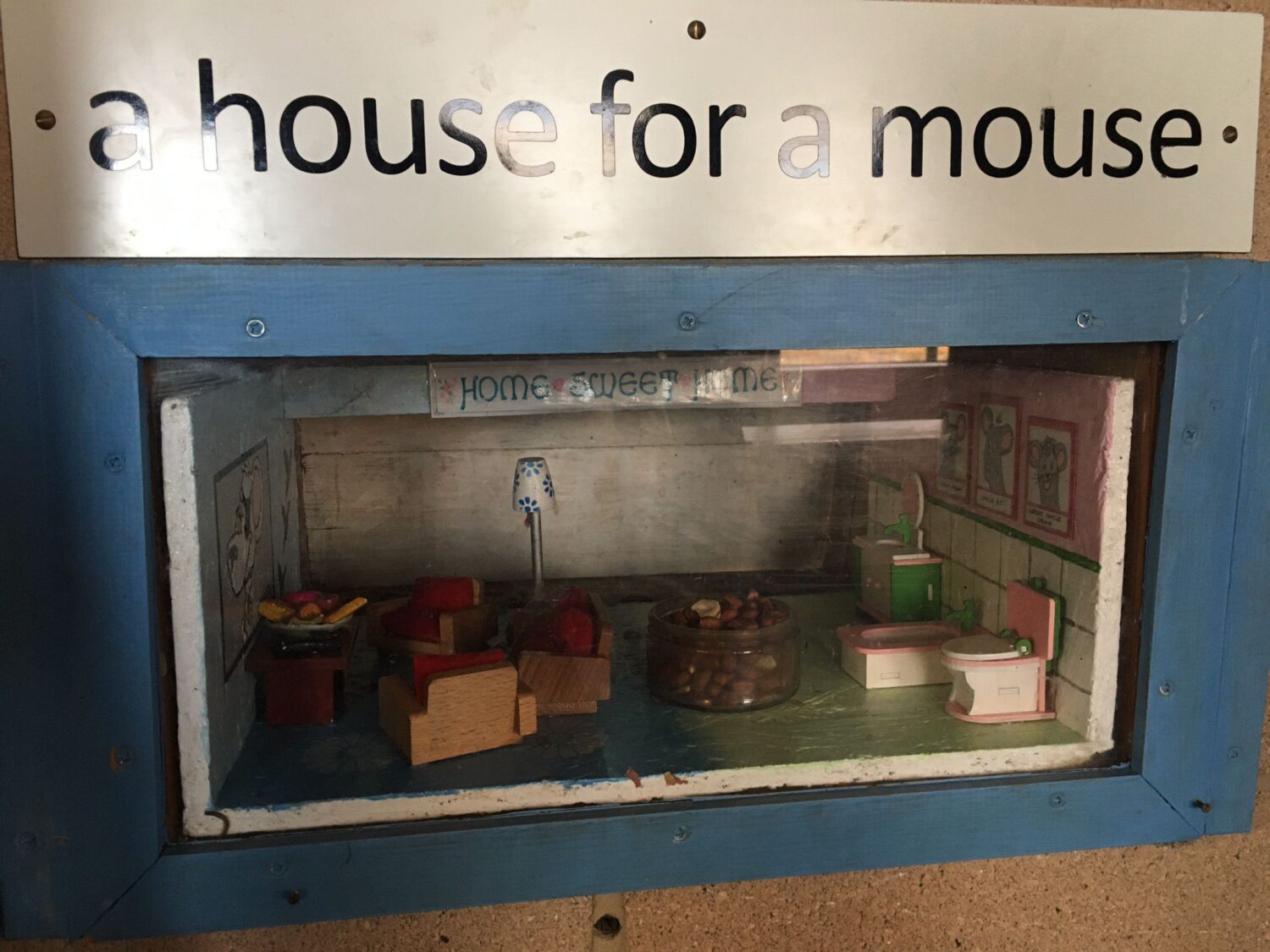
One aspect of managing the reserve that I found fascinating, was that the rangers can alter the levels in the bodies of water around the reserve. This is particularly handy during winter, when winter wader species migrate to the area looking for tasty grub. The lowering of the water levels exposes wet sand and mud, which is ideal for those bird species that feed on freshwater invertebrates. The altering of the water levels is managed through an intelligent network of sluices that, once opened, allow water to flow into the Tees.
The RSPB upholds the values of their Royal Charter at the reserve. They conserve local wildlife by providing a well-managed habitat and protect a wide range of species in the process. They are also educating the public on these species and the importance of their conservation. It is safe to say that we will be back again.
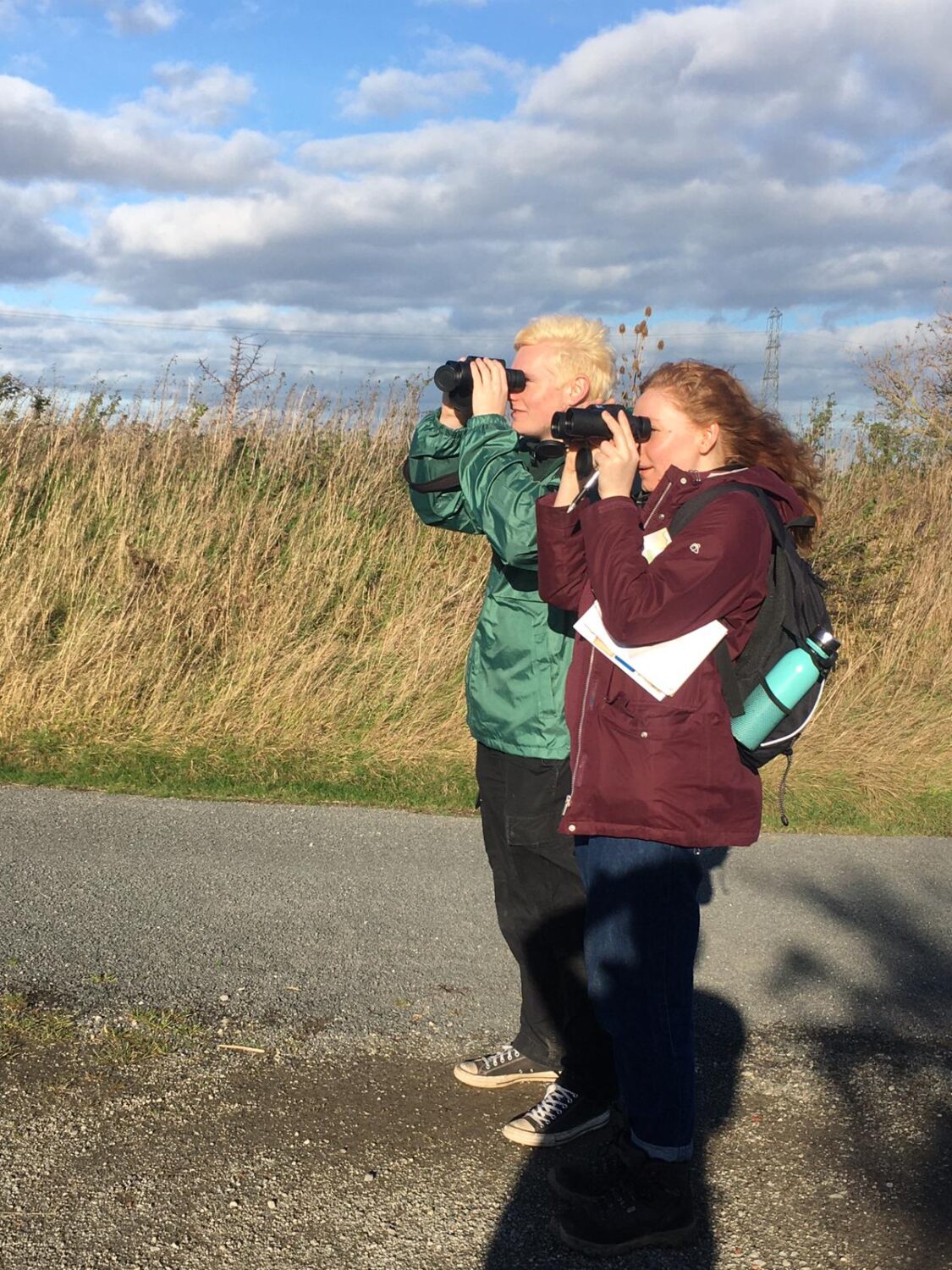
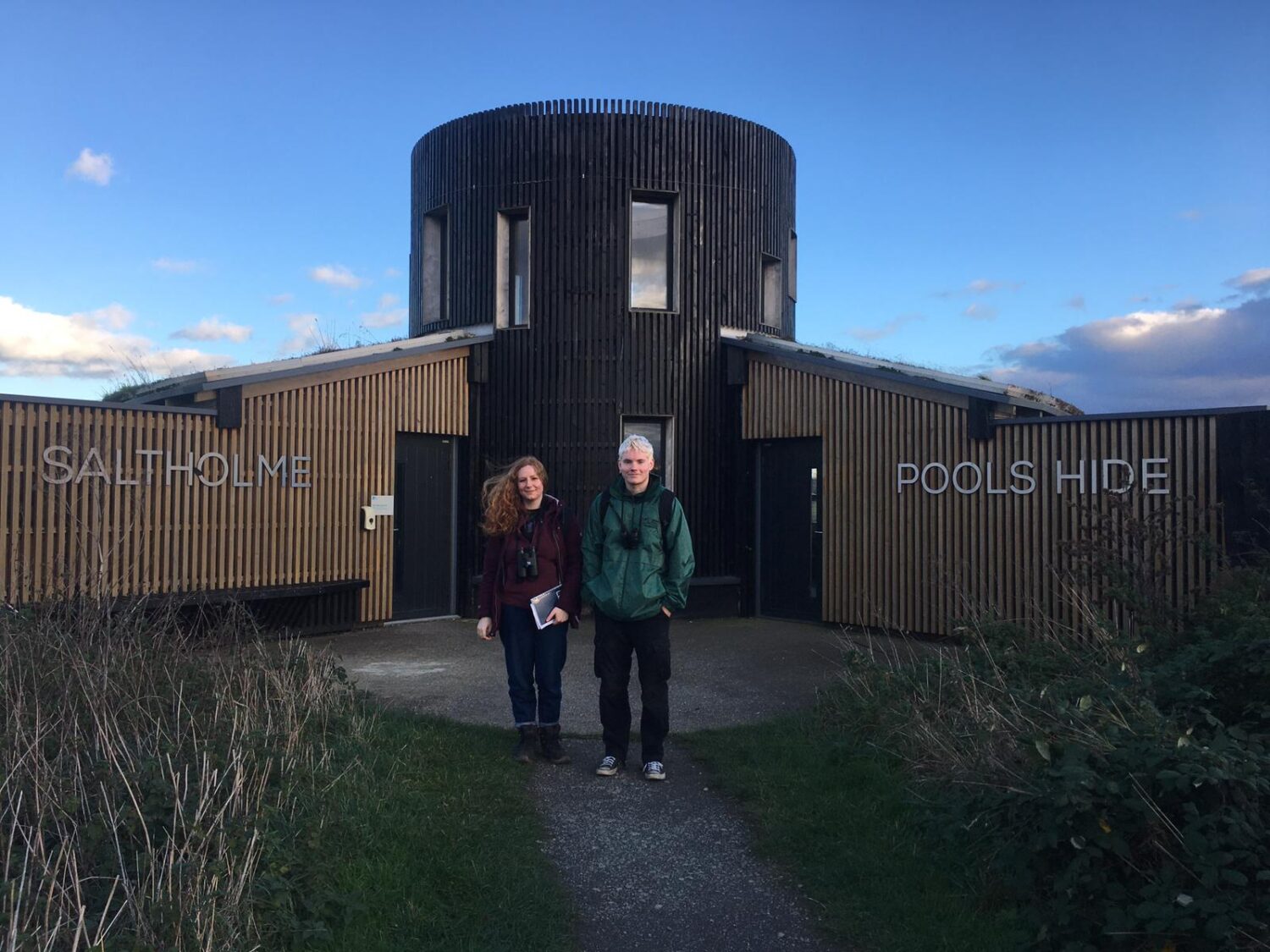
Learning from Experience
The experience sparked an interest in bird watching for me, and I intend to carry on with it from now on. It’s fulfilling to put new knowledge into practice, and by the time we reached the final bird hide of the day I was excitedly spotting the difference between Teal Ducks and Wigeons, Shovelers from Shelducks, and Barnacle Geese from cows (a tough one). All beginner stuff of course but quite thrilling for a newbie. I have quite a few species highlights from the afternoon at Saltholme, and I think my favourite spots were probably Kestrel, Curlew, Shoveler Duck and Pintail.
Are you a student and want to get involved? Take a look at the NHSN Student Award Scheme.